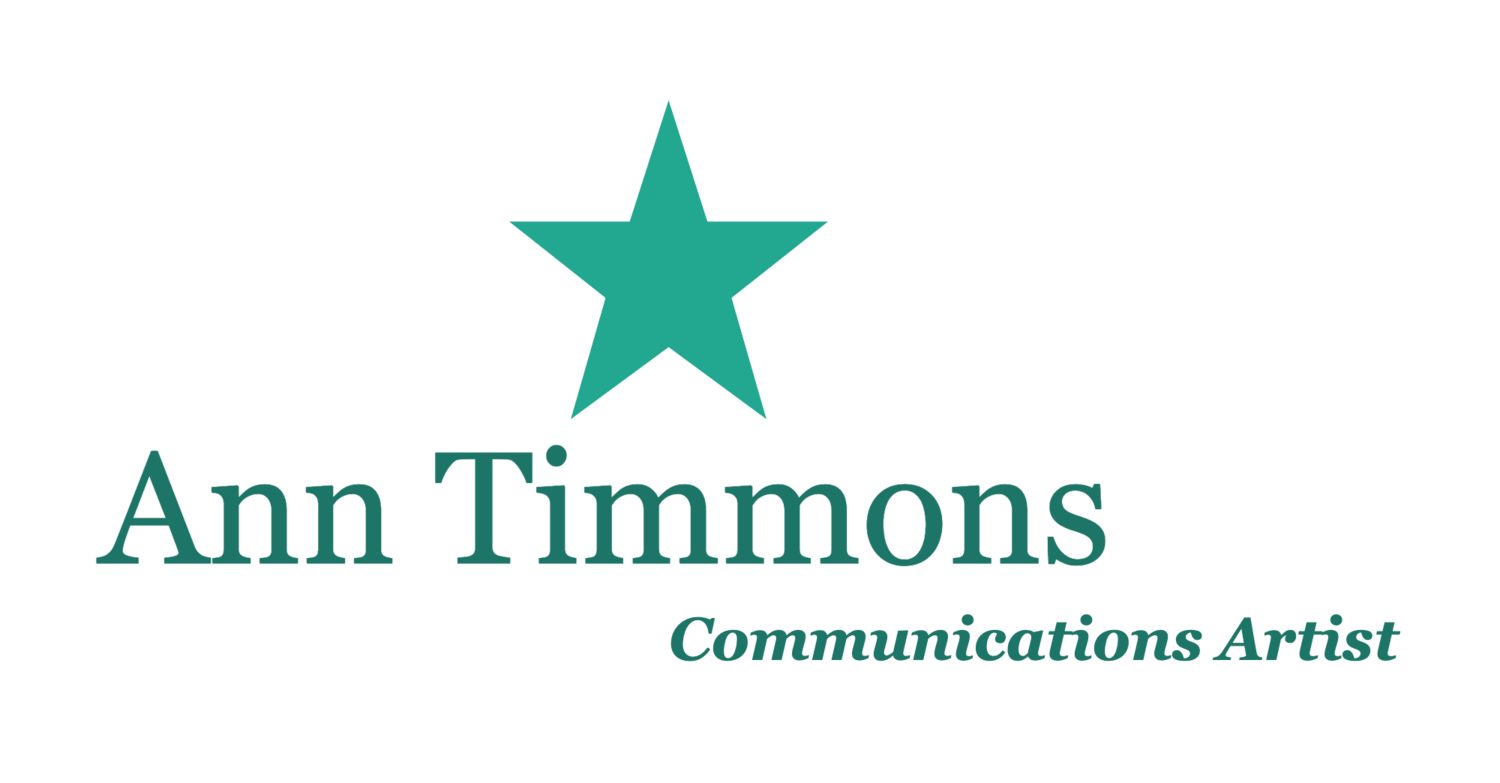The cast of It’s My Party!, photo by Nate Jackson
Whew! What a fall!
My play It’s My Party! ran for two weeks in October. It was amazing: sold out houses, great reviews (you can check them out here,, here and here). The cast and creative team were terrific to work with! An all-around artistically, intellectually, and personally fulfilling experience.
My clients very generously gave me the month of October off (well, after we did some doubling up in September!) and I spent most of November getting back in the routine, coaching them for upcoming speaking events, filming and posting their videos to social media, prepping for new clients, and planning my own upcoming presentations.
And unpacking! We have been in Virginia over two months now, and yes, there are still boxes full of stuff in our basement. We know what’s in them: we’re just not sure where it all goes.
Juggling such a wide variety of activities (or as I call it: Life) makes me realize what is critical to my success in any process, whether it’s putting on a play, revving up a coaching practice, or putting a home together: creativity. Which usually travels with its dear friend, flexibility.
And by creativity, I mean more than problem-solving or thinking outside the box, though it is both those things. Yet it so much more: a shift in perspective, a new vocabulary and mode of expression, even destruction of the box altogether.
Leveraging your creativity can be liberating. But it’s also challenging: sometimes the easiest path is the well-worn one. The expected one, the one that holds no surprises. But that is not usually the best path, because in the long run you don’t go anywhere!
I said in my last newsletter that the act of making art is an expression of hope. Let me add now: Hope is fueled by creativity (and flexibility).
And guess what? That doesn’t just apply to art. If you walk through Life with these two, you’ll never find yourself going in circles.
Wishing you a holiday season of creative solutions and the hope they bring!






















